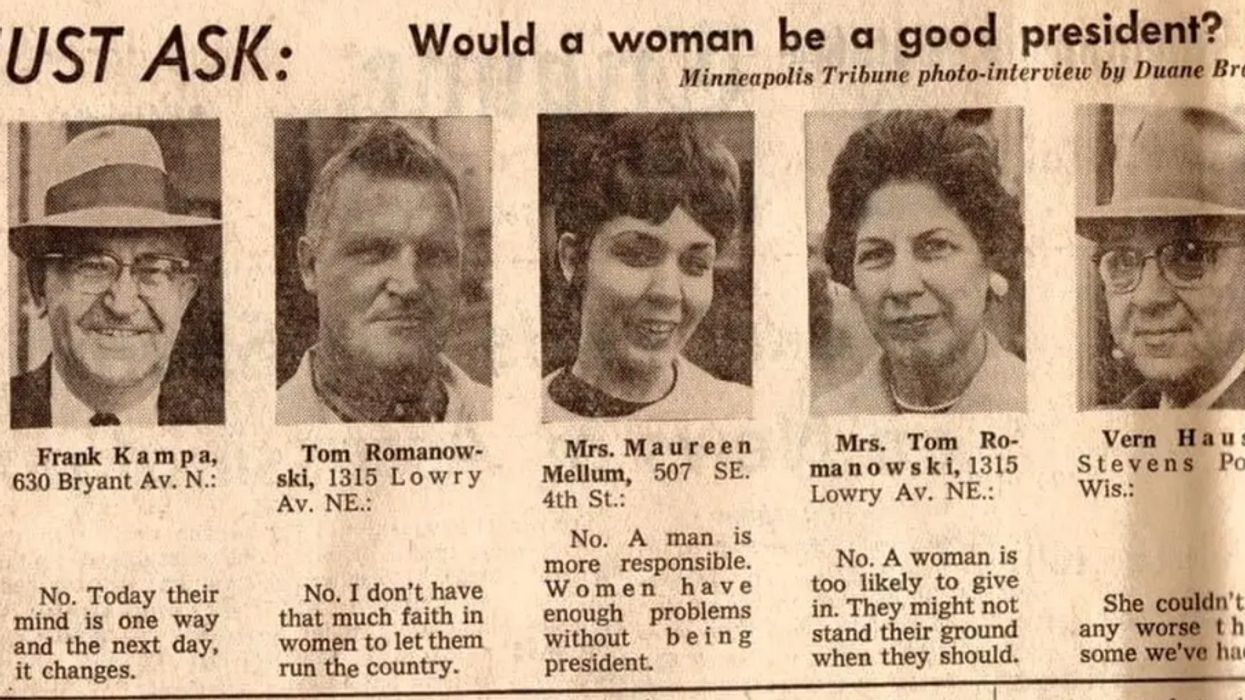In 2015, an ad for Protein World appeared in the London Underground featuring a bikini-clad blonde that asked, “Are you beach body ready?” The ad sparked controversy, and over 200 people filed complaints with the Committee of Advertising Practice (CAP) and Advertising Standards Authority (ASA), claiming the ad promoted unrealistic body types and fat-shaming.
Formal investigation launched into Protein World advert https://t.co/wG1L0XdFba pic.twitter.com/LuAzkyaRA6
— The Independent (@Independent) April 29, 2015
The ASA and CAP are self-regulatory organizations; however, their decisions have a big impact on British legislation.
This public outcry eventually led to the formation of new advertising regulations by CAP that were announced on Friday, December 14, and will take effect in June 2019.
Today we're announcing that ads will no longer be able to depict harmful gender stereotypes. We're introducing a new rule in June 2019 that will apply across media. This change follows a review of gender stereotyping in ads by @ASA_UK https://t.co/6ZXyuJ8my6 pic.twitter.com/sypr7Midke
— CAP (@CAP_UK) December 14, 2018
The new regulations aim to ban companies from including “gender stereotypes that are likely to cause harm, or serious or widespread offense” in their ads on TV, radio, websites and in print.
The new regulations will ban five different types of sexist portrayals of men and women in UK advertising.
Ads that show a person failing to achieve a task specifically because of their gender.
Ads that suggest that transforming your body will make you romantically successful.
Ads that belittle men for carrying out stereotypically “female” roles or tasks.
Ads that emphasise the contrast between a girl’s stereotypical personality and a boy’s.
Ads aimed at new mothers that tell them keeping a perfect home or attractive body is a priority for their emotional wellbeing.
Like so many of the Moms in our Fit Family.. What's your excuse again? pic.twitter.com/LBScDnyk4Z
— Derek Shannon (@FBBCCalgary) July 11, 2015
The organizations have also provided important guidelines to stop the sexualization of children.
Ads featuring suggestive or sexualised imagery of children, such as children in heavy make-up or provocative poses are always problematic and should not be used. … Ads should not portray or represent in a sexual way anyone who is, or seems to be, under 18 years old. This does not apply to ads whose principal function is to promote the welfare of, or to prevent harm to, under18s, provided any sexual portrayal or representation is not excessive.
















 Otis knew before they did.
Otis knew before they did.
Professor shares how many years a friendship must last before it'll become lifelong